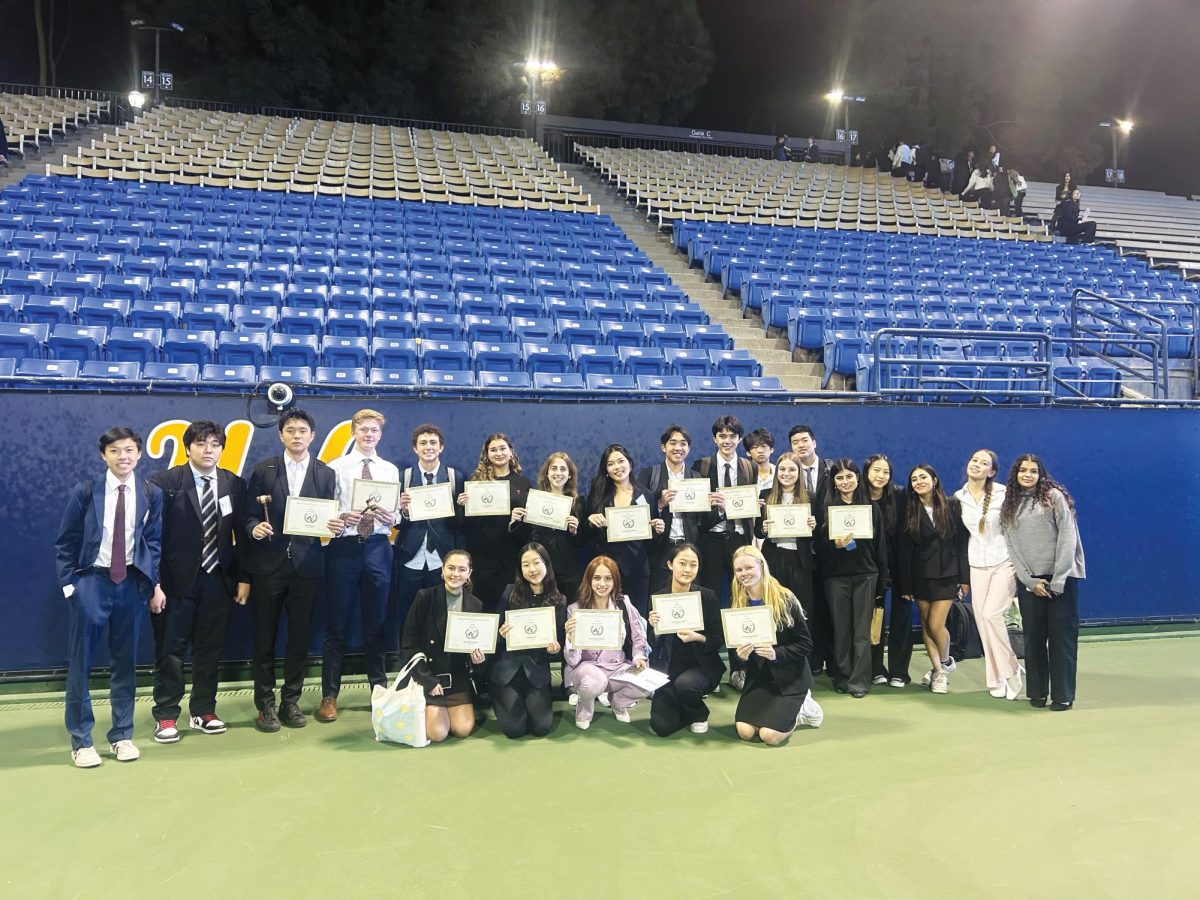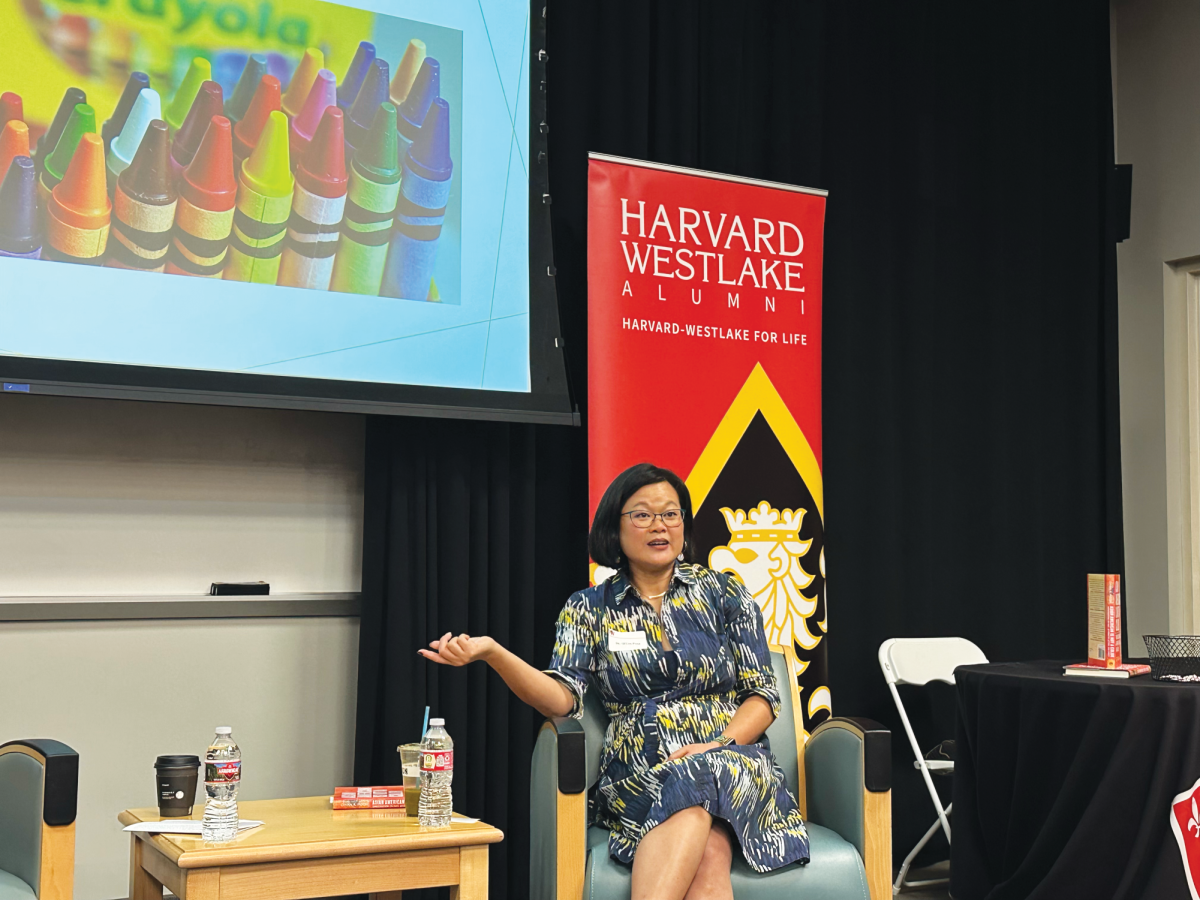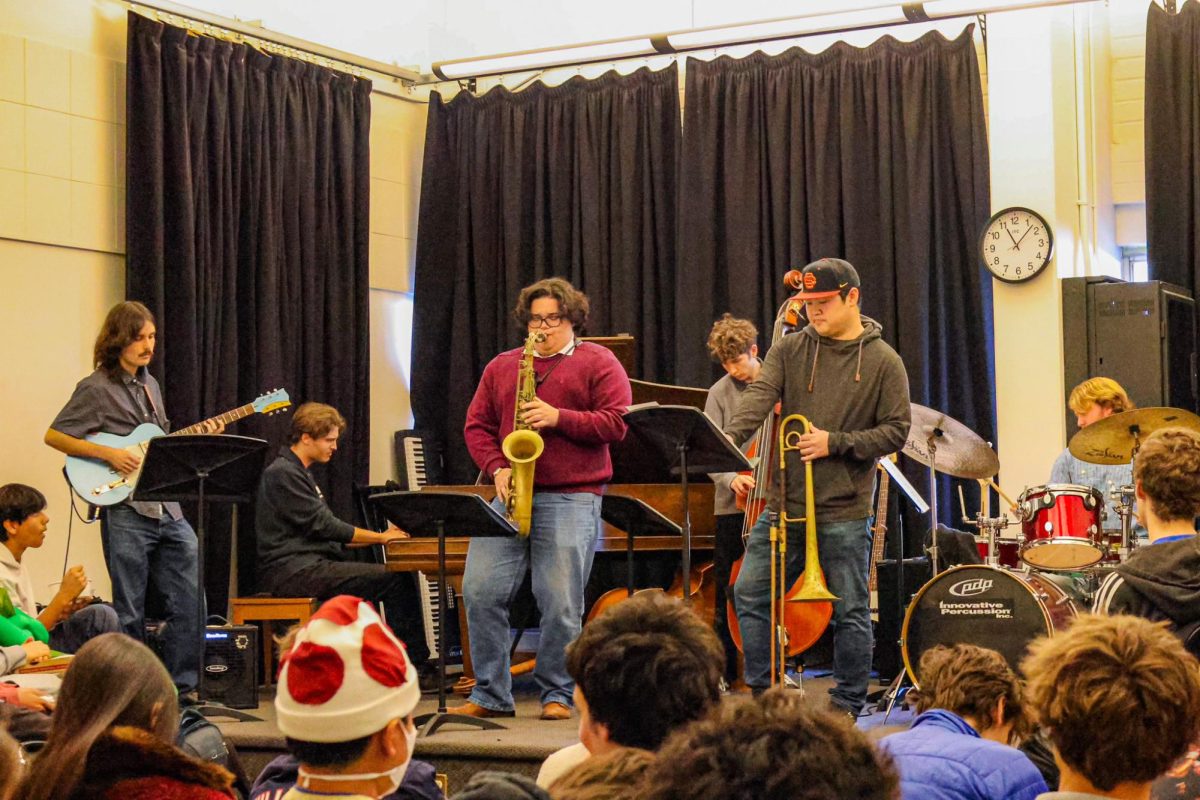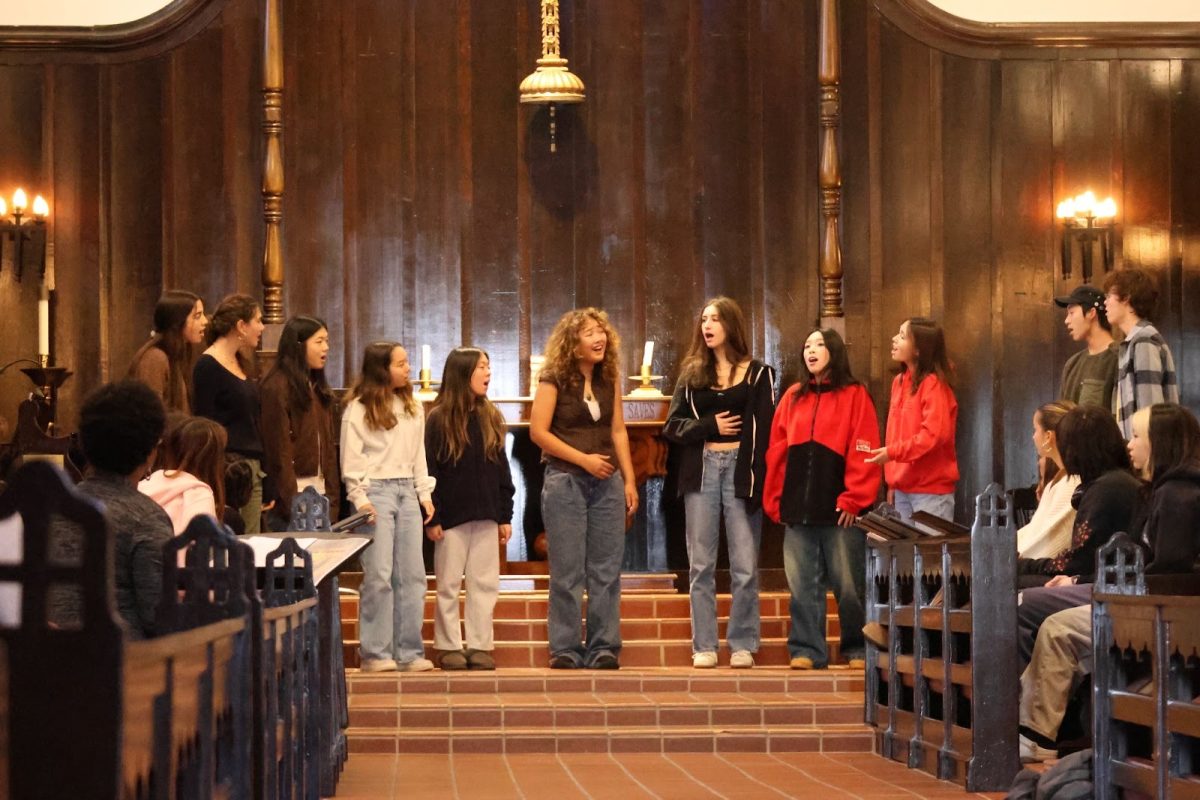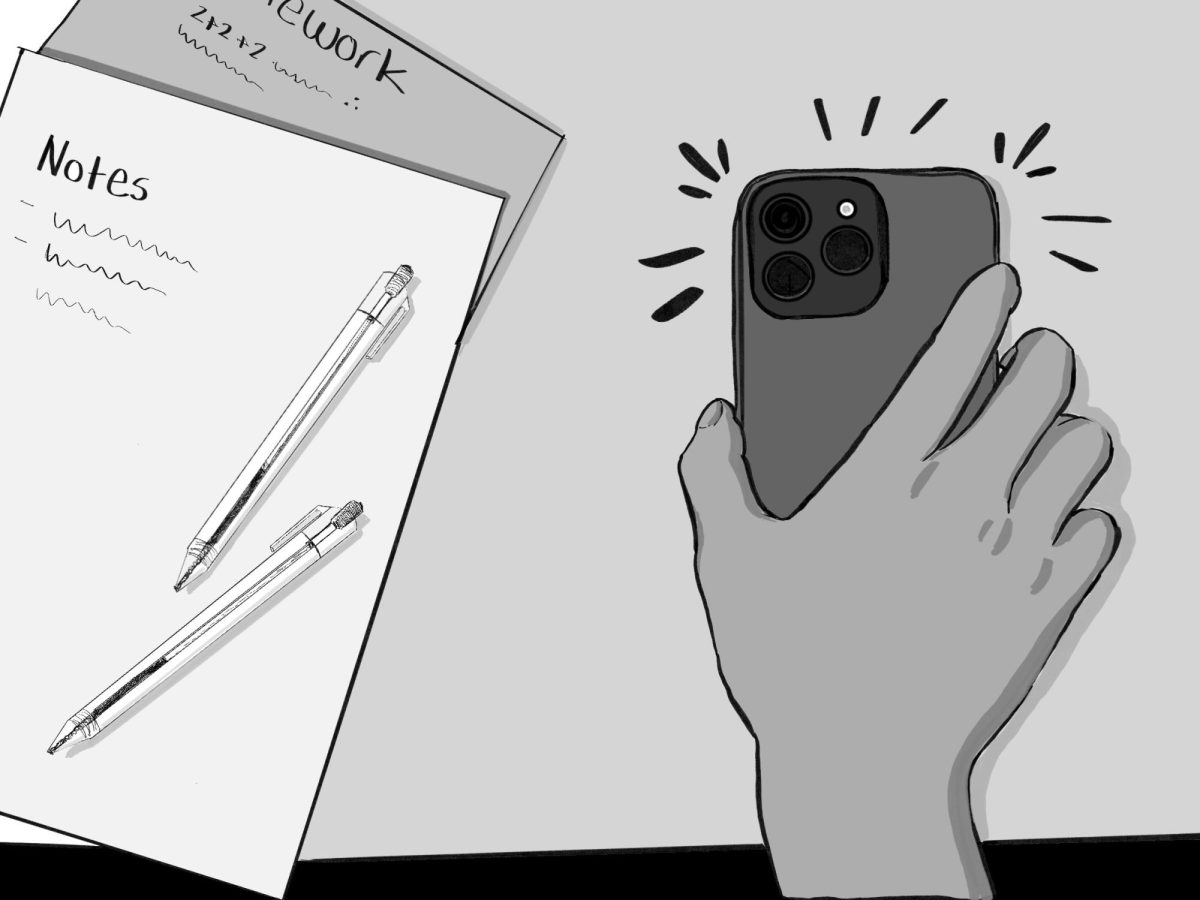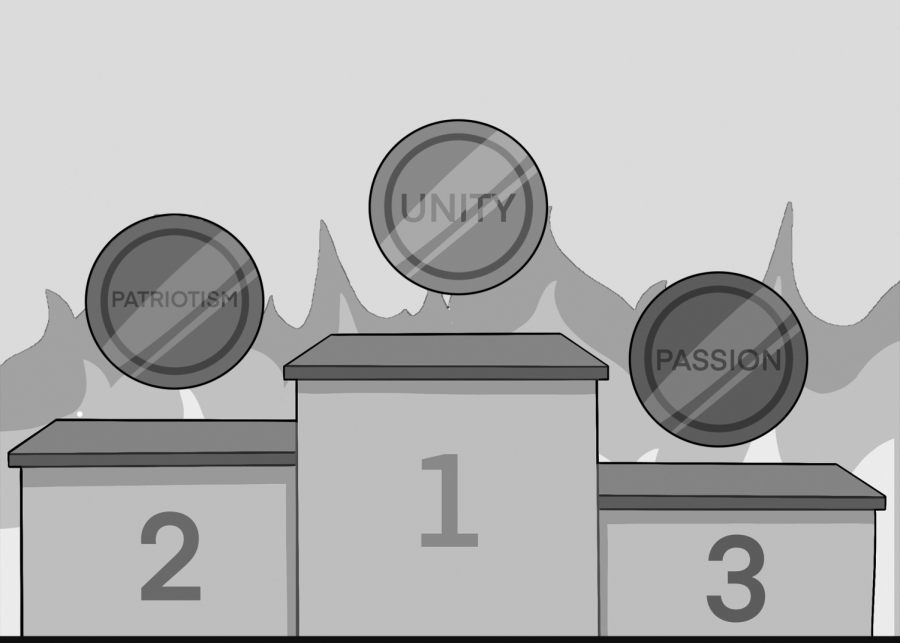Although many perceive Los Angeles as a diverse and culturally welcoming city, we Angelenos face a critical problem: we are segregated into geographically distant communities based on race and socioeconomic status.
I have experienced two sides of this city myself. As an incoming freshman at the school, I was constantly faced with one question whose answer was consistently met with a blank stare and an empty, half-smiling nod: “Where did you go to school?” Before my arrival at one of the most elite private high schools in the nation, I attended a public Los Angeles Unified School District middle school located in Los Feliz. Considering its location, hardly anybody who asked me was familiar with my answer: Thomas Starr King Middle School.
When my classmates were asked about their alma maters, they responded with a series of private, Westside middle schools, an answer that consistently elicited a friendly response. Los Feliz was my life until then, but to my peers, it was distant and unfamiliar. In a matter of months, my life shifted from an economically and academically diverse environment to one that predominantly represents wealthy and gifted students.
According to the Los Angeles Times, Los Angeles is one of the most ethnically and socioeconomically diverse cities in America. This considered, our state government’s lack of attention toward the transportation system in the city is inexcusable. As Angelenos, our diversity is unique and is an opportunity to expose ourselves to new cultures, yet we are restricted to our own bubbles, our own geographical realities.
For instance, in a U.S. 2010 study conducted by Brown University, New York is listed as a more diverse city than Los Angeles, and New Yorkers built their subway system over a century ago. Los Angeles, on the other hand, has only begun to build its metro rail system despite its less diverse demographics. New York’s subway system allows natives to experience cultures all around the city without the financial strain of owning a personal vehicle.
Until 30 years ago, Los Angeles made no effort to construct a system remotely similar to New York’s. It is no surprise that our city is so ethnically and economically segregated; we have been decades behind in providing Angelenos with adequate resources to learn about their city.
Los Angeles has lost decades worth of opportunities for progress in cultural immersion and socioeconomic diversity. A lack of transportation resources within the past century has set us back immensely, and students at the school experience the results of this stagnation directly. To me, Los Angeles is a city in need of a solution when facing crises such as rent fluctuations and oil drilling, issues that my peers are not directly affected by. My classmates may never experience the Los Angeles that I was accustomed to for most of my life if they are limited to their Westside bubbles. Our city’s government has years of lost progress that must be made up because Los Angeles is beautiful for its cultural diversity, but our current leadership prevents us Angelenos from experiencing it.

